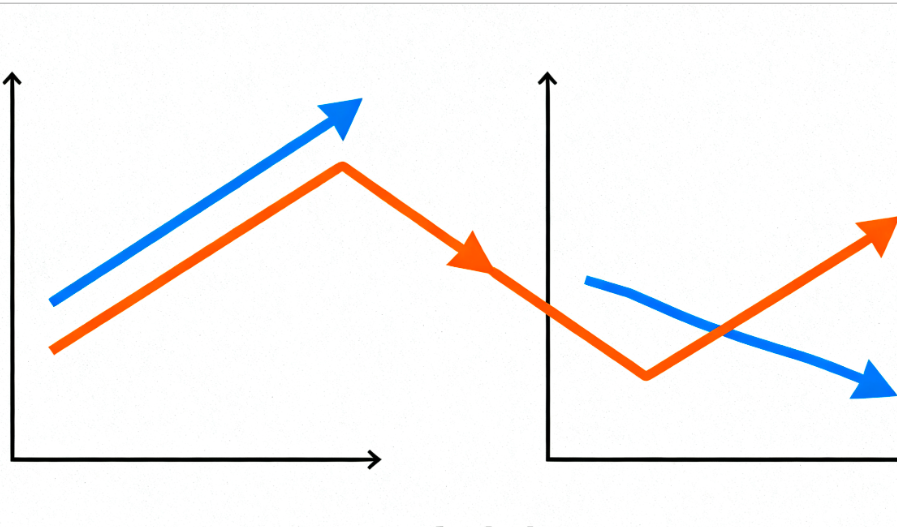
Outlook | Accelerating the Industrialization of Solid-State Batteries
The debate between semi-solid-state and all-solid-state battery pathways is essentially a matter of industrial prioritization: semi-solid-state reduces transformation risks through practicality, making it suitable for the current Chinese market; all-solid-state anchors the future with performance, aligning with the technological breakthrough strategies of Japanese and Korean battery manufacturers.
The large-scale commercialization of solid-state batteries in China still faces technical bottlenecks such as high interfacial impedance and the challenge of high costs. It requires dual drivers of "technological breakthroughs + industrial ecosystem strength" to transform laboratory advantages into market influence.
As a core technological direction for next-generation lithium batteries, solid-state batteries, compared to liquid lithium batteries, can provide greater energy density, significantly extend range, markedly enhance safety by avoiding liquid electrolyte leakage and reducing thermal runaway risks, while also offering a wider operating temperature range and more outstanding adaptability in extreme environments. They hold broad application prospects in fields such as new energy vehicles, the low-altitude economy, and consumer electronics.
Currently, the large-scale application of solid-state batteries still needs to overcome several challenges, primarily including material technology bottlenecks, mass production engineering bottlenecks, and high costs.
Breaking through the industrialization of solid-state batteries requires multi-dimensional collaboration. First, strengthen policy support and guidance to drive solid-state battery industrialization through setting industry standards, financial subsidies, and R&D support. Second, battery and material manufacturers need to accelerate material and process innovation. On one hand, the materials end requires breakthroughs through material system innovation and interface optimization to overcome technical bottlenecks; on the other hand, manufacturing processes and equipment need renovation and upgrading, while simultaneously optimizing manufacturing workflows to improve yield and production efficiency. Third, expanding application scenarios promotes cost reduction and scaled implementation. Accelerating the pioneering expansion into application scenarios such as robotics and eVTOLs will drive large-scale cost reduction for solid-state batteries, subsequently speeding up their commercial application in the new energy vehicle sector.
















